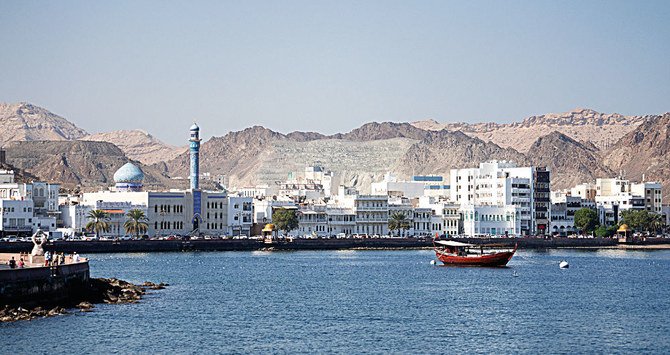DUBAI: Rating agency S&P has lowered crude producer Oman’s sovereign ratings deeper into junk territory, citing external challenges, and changed the outlook for Bahrain’s ratings to stable from positive due to the country’s dependence on
oil revenue.
The changes came after S&P recently cut its forecast the Brent crude oil benchmark to an average of $30 a barrel in 2020, $50 per barrel in 2021, and $55 a barrel from 2022.
S&P cut Oman’s long-term foreign and local currency sovereign ratings to “BB-” from “BB,” citing higher external risks and indebtedness.
“The sharp drop in oil prices in 2020 will intensify Oman’s fiscal and external pressures, leading to a faster deterioration in the government’s balance sheet, which has considerably weaker buffers than during the 2014-2015 oil price shock,” it said.
The outlook for Oman’s ratings is negative, the rating agency said, reflecting the risk that the government’s medium-term fiscal consolidation plans could be insufficient to stem the rising state debt. It expects the fiscal deficit will average almost 8 percent of GDP in 2021-2023.
The large funding needs will be predominantly met through the issuance of foreign-currency debt, with the remainder financed by asset draw downs and domestic debt, it said.
S&P expects Oman’s external debt — adjusted for liquid external assets — will rise to 67 percent of current account receipts in 2023, from about 20 percent in 2018.
The rating agency said that the share of foreign-currency-denominated debt, largely held by non-residents, was high — at above 80 percent of total debt.
“We expect funding costs will rise despite monetary easing in the US, since portfolio flows to emerging markets could dry up and Oman’s macro-fundamentals are under pressure from external developments,” it said.
On Bahrain, the rating agency said its revenue remained dependent on oil, and hence sensitive to energy price shocks, despite efforts to increase non-energy receipts. “Recent revisions to our 2020 price projections for oil imply more elevated current account deficits for Bahrain, raising external vulnerabilities,” it said.
However, the provision of zero-interest loans from neighboring sovereigns — Saudi Arabia, Kuwait and UAE — and the expectation of further support, if needed, provide the government with an important financing buffer.
Reuters






















